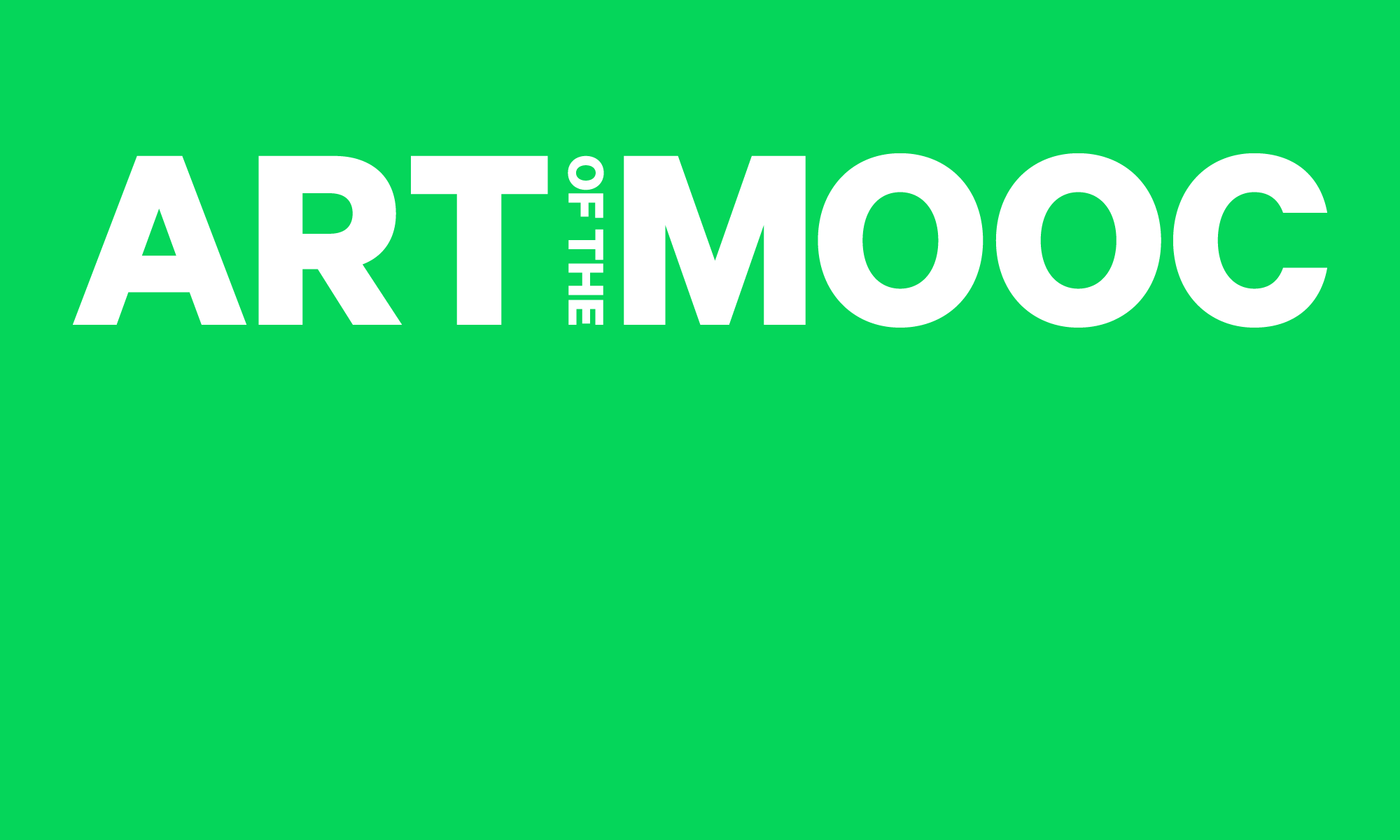
Embodied Knowledges combined a number of pairings: information vs matter, reason vs affect, mind vs body, worker vs labor, and individual vs collective.
I found myself thinking about questions that involved these terms reading more about the Mexican Muralist movement, particularly as I learned about some of the motivations behind the commissioning of the murals. José Vasconcelos played an influential role in the cultural output after the Mexican Revolution, and his appointment as Minister of Public Education, saw his policy of Mestizaje manifest in some of the art produced. Vasconcelos believed that European art was able to ‘rescue’ the Indian from their ‘undeveloped’ ways. Works such as Diego Rivera’s Creation are evidence of this principal, which replaces any trace of the revolution or recent context in exchange for a European theme and composition. The work is described by Anreus, Greeley and Folgarait as “the principal symbol of Vasconcelos’ mystical nationalism – deliberately omitting any reference to the class violence of the Revolution, in order to give art a redemptive, regenerative role in post-Revolutionary Mexico.”
Despite the Mestizaje reasoning, the affect moved beyond Vasconcelos’ vision, as Muralism was and has continued to be distinctly linked with the Mexican cultural identity, thanks in large part to the pioneering works of Rivera, Orozco and Siqueiros. And although the works were completed by individuals, and were often commissioned with an individual vision (such as Vasconcelos’) in mind, the murals very much served the collective population, primarily adorning public buildings in the earlier commissions. Rivera’s mural shows some of the differences between reason and affect, and individual and collective.

